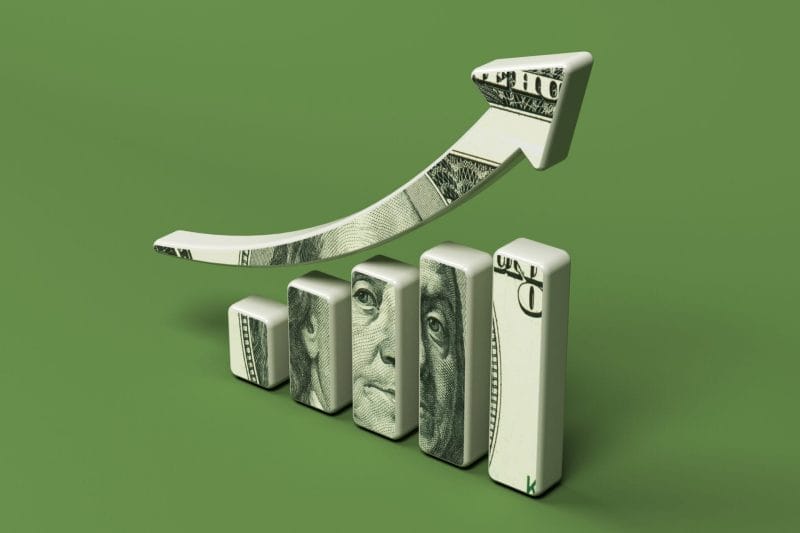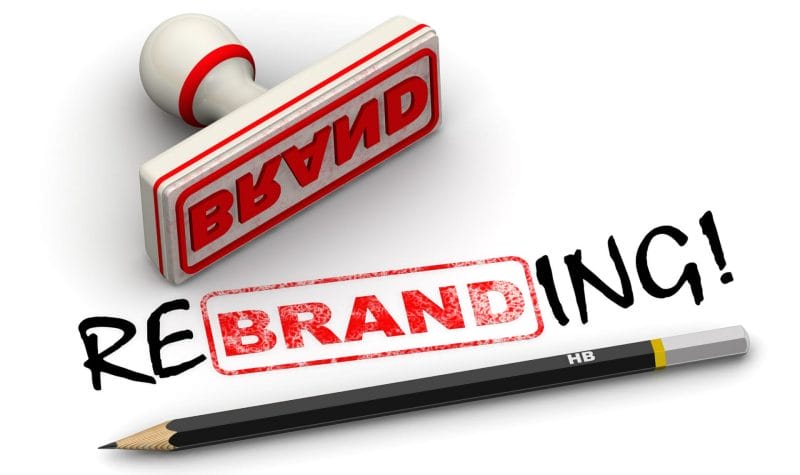There was a time when coffee was simply coffee. Today, there’s no such thing as a “coffee.” There are umpteen choices of beans, brew, milk options, sizes, and add-ons. When I was a kid, the only options were cream and sugar, decaf or regular. Today? What region of beans do you want? Do you want drip? A pour-over? Press? Espresso? Cuban? Would you like an extra shot? Double shot? Extra hot? Foam? No foam? Whip? Cinnamon? Syrup? One, two, or three pumps? Then you have milk options: Full-fat? Fat-free? Almond milk? Oat? Half-and-half?
You need a degree just to place an order.
But that’s only half the story. Starbucks happens to sell coffee, but that wasn’t the original business plan. Schulze correctly predicted the market demand of the “third place,” a location between home and work where you could stop and chat, meet with friends, and fraternize — something he witnessed when visiting Europe. Unsophisticated marketers think he’s in the coffee business, when that’s the least of what he does.
Let’s look at another favorite coffee marketer of mine that is the anti-Starbucks: Black Rifle Coffee. They’re a veteran-owned and operated coffee delivery roaster that uniquely combines ardent support of the 2nd Amendment and our troops — and coffee. What do coffee and guns have to do with each other? Absolutely nothing, except to stand for something to stand out from competitors and secure a very loyal following of repeat members. Back in 2017, when Starbucks pledged to hire 10,000 refugees, Black Rifle pledged to hire 10,000 veterans. They routinely put out funny videos, emails, and promotions that would make any liberal’s blood boil, and they delight in it. Is their coffee any better than Starbucks’ coffee? Is it the best you can buy? That, of course, is an argument that cannot be won because it’s based on personal preference and opinion. What I can tell you is that they are one of the fastest-growing coffee sellers in the U.S., so someone likes them. However, I would argue that it’s not the coffee that got them there. What they STAND FOR is what gets people interested and buying. That sentence is worth reading again. Lots to be learned here.
The reality is that we live in a marketplace that is grossly saturated with choices made up of thousands of companies all floating in a GIANT “sea of sameness.” Thanks to Amazon, not to mention the dozens of apps for shopping, delivery, price comparison, etc., nobody needs anything anymore, and searching for options to buy anything — from socks to IT support — is as easy as a 10-second Google search complete with online reviews, a map to your location, details about you and your employees (LinkedIn), and any number of other pieces of information a buyer might want to know about you. Right next to you, however, are dozens of competitors saying roughly the same thing. A ridiculous number of choices.
So the big question is this: HOW do you compete in THIS environment where nothing is in short supply (except for common sense)? It’s simple: Stop selling “stuff.” For the most part, many businesses are still stuck in the mode of selling goods and services. If they have any marketing savvy at all, they’re advertising “the same stuff, but better.” That argument leads directly to price competition, and the easier it is for someone to replicate what you do, the less someone is willing to pay top dollar for it. Further, once you develop a competitive advantage by offering something unique, it’s only a matter of time before your competition catches on and matches your offer. Bed Bath & Beyond will take any competitor’s coupon and honor it. For years, Walmart guaranteed to meet or beat any competitor’s pricing. Mattress stores, airlines, hotels, and Best Buy do the same.
A better approach to marketing and true differentiation is this: Be FOR someone and link your product or service to something bigger, bolder, and more important than just the functional aspects of what you do.
Rolex isn’t selling watches any more than Tesla is selling cars. The Saint Laurent purse selling for $2,900 isn’t 1,000 times more valuable or better made than a purse selling for $29 at Target, but the women who buy the Saint Laurent purse aren’t buying a purse; they’re buying a feeling of superiority. The same goes for a man who buys an Aston Martin or Bugatti. They aren’t buying transportation. They’re buying a statement, a feeling of power, and admiration. In some cases, it’s a giant middle finger to their haters.
Harvard and Columbia University aren’t selling a college education, and their education won’t give its students a guaranteed path to success in life. BUT the parents who pay the bill get to brag to friends and family that their kid is going to Harvard or Columbia.
So, what does this have to do with selling IT services? These services are, after all, not a luxury item like the aforementioned examples. But like the Black Rifle Coffee example, you can differentiate and secure a loyal following based on things outside of the tangible, intrinsic value of what you do. Don’t miss the lesson.
Here’s another example: Pat’s and Geno’s are fast-food restaurants selling cheesesteaks served up in no-frills, outdoor shops one small step above a food truck. For years, there’s been an ongoing battle between the two about who makes the best steak sandwich, and for years, hundreds of people have lined up 24/7 to “vote” with their money on who has the best cheesesteaks. Both shops are located directly across from each other in South Philadelphia. Both have extremely similar products. Both sell to the same customers, in the same marketplace, for roughly the same price. So, what are people REALLY buying? A competition. There are hundreds of other food joints selling cheesesteaks in Philadelphia, many of whom have a far superior product served in a far superior environment. But that’s not what Pat’s and Geno’s are selling, and everyone I know who visits Philly makes the trek to both locations, ordering one cheesesteak from each so they can decide for themselves which is best.
CrossFit, a wildly popular extreme exercise program, gained enormous member loyalty with a die-hard following for one reason: It was about the bragging rights of being able to do a CrossFit workout. Technically, it’s FAR from the safest and most effective workout you can do, and many of the athletes who compete are doing other therapies and exercises to supplement the WODs (workout of the day) that they perform, because the WODs aren’t sufficient to get in the shape they need to get in to actually compete. Further, the amount of training they have to do to even get into the games is intense and very time-consuming, often preventing them from holding down regular 9-to-5 jobs. Even if they win, there’s not a lot of money in it, so why do they persist? Because it’s not about the workout or being in shape.
Tom’s shoes became a huge success based on their philanthropic approach: For every pair you buy, we’ll donate a pair to someone in need. Candidly, the shoes are poorly made and largely uncomfortable, but people weren’t buying SHOES.
Recently, when interviewing a client for a positioning piece we were creating, he shared that his dad, who originally started the business, was a serial, from-scratch, hardworking, self-made entrepreneur. He instilled those values in his son (my client). From that, we developed a POWERFUL origin story and philosophy — he was selling IT support to self-made entrepreneurs just like his dad. His story of growing up in the business, helping his dad by building PCs from parts and delivering them after school, is one that will resonate with his core client base who share similar values, and it will create a differentiation that cannot be easily copied by his competition.
So the big question is this: What are YOU about? What do you stand FOR? WHO do you stand with? What core values do you uphold? Are you selling status? Belonging in a certain tribe? A common result or goal? We all know there’s very little differentiation in the “stuff” you sell. Pretty much every MSP is selling the same services, using the same tools and vendors, hiring from the same pool of talent, and running the services in relatively the same way. THAT is no longer a way to differentiate. Today, you need to think beyond the “stuff” and start selling feelings, a sense of belonging, or an idea that your prospects and clients can buy into.
To find the best way to differentiate, and learn how to get clients spending money on IT Services right now visit: www.ITRecessionGuide.com









